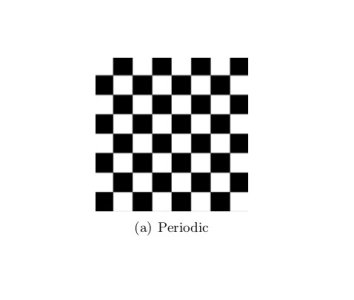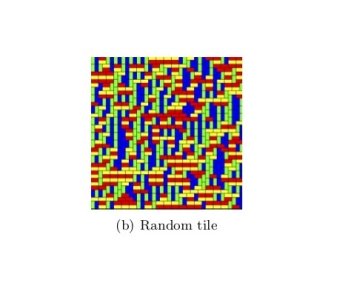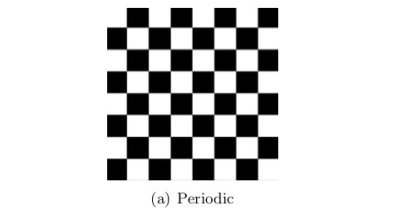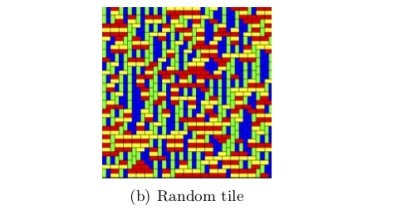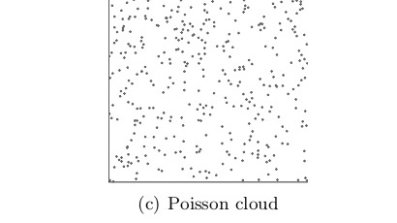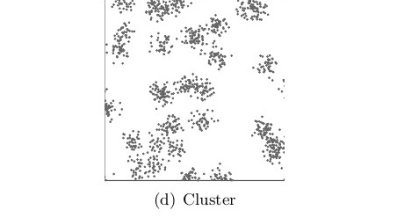Homogenization theory aims to understand the properties of materials with complicated microstructures, such as those arising from flaws in a manufacturing process or from randomly deposited impurities. The goal is to identify an effective model that provides an accurate approximation of the original material. Oxford Mathematician Benjamin Fehrman discusses his research.
"The practical considerations for identifying a simplified model are twofold:
(1) Approximation cost: Some bulk properties of materials, like the conductivity of a metallic composite, are strongly influenced by the material's composition at the microscale. This means that, in order to effectively simulate the behavior of such materials numerically, it is necessary to use prohibitively expensive approximation schemes.
(2) Randomness: Since the material's composition at the microscale is oftentimes the result of imperfections, it may be impossible to specify its small-scale structure exactly. It will be, at best, possible to obtain a statistical description of its flaws or impurities. That is, from our eyes, the material is effectively a random environment.
The simplest random environment is a periodic material, which is essentially deterministic, like a periodic composite of metals. In general, however, the randomness can be remarkably diverse, such as a composition of multiple materials distributed like a random tiling or as impurities distributed like a random point process.
The identification of the effective model is based on the intuition that, on small scales, the microscopic effects average out provided the random distribution of imperfections is (i) stationary and (ii) ergodic - assumptions which roughly guarantee that (i) imperfections are equally likely to occur at every point in the material and that (ii) each fixed realization of the material is representative of the random family as a whole. These assumptions are the minimal necessary to prove the existence of an effective model for the material, but they are by no means sufficient in general.
In terms of the conductance of a periodic composite of metals, visually speaking homogenization asserts that, whenever the periodic scale is sufficiently small, the conductance of the black and white composite behaves as though the material consists of a single shade of grey.
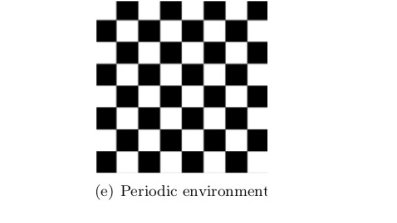
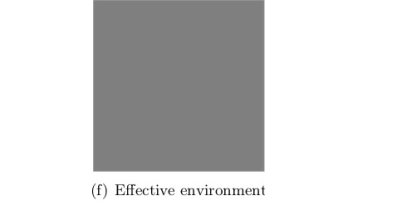
The random environment is indexed by a probability space $(\Omega,\mathcal{F},\mathbb{P})$, where elements $\omega\in\Omega$ index the realizations of the environment. The microscopic scale of the flaws or impurities is quantified by $\epsilon\in(0,1)$. The properties of the random material are then characterized, for instance, by solutions to partial differential equations of the type:$$F\left(\nabla^2u^\epsilon, \nabla u^\epsilon, \frac{x}{\epsilon}, \omega\right)=0,$$
such as the linear elliptic equation in divergence form: $$-\nabla\cdot a\left(\frac{x}{\epsilon},\omega\right)\nabla u^\epsilon=0.$$
The aim of homogenization theory is to identify a deterministic, effective environment whose properties are described by equations of the type: $$\overline{F}\left(\nabla^2\overline{u}, \nabla\overline{u}\right)=0,$$
such that, for almost every $\omega\in\Omega$, as $\epsilon\rightarrow 0,$ $$u^\epsilon\rightarrow\overline{u}.$$
In terms of the example, this amounts to identifying a constant coefficient field $\overline{a}$ such that, for almost every $\omega\in\Omega$, as $\epsilon\rightarrow 0$, $$u^\epsilon\rightarrow \overline{u},$$
for the solution $\overline{u}$ of the equation: $$-\nabla\cdot\overline{a}\nabla\overline{u}=0.$$
Observe that these equations are homogenous in the sense that they have no explicit dependence on the spatial variable.
The two fundamental objectives of the field are therefore the following:
(1) Identifying the effective environment: The identification of $\overline{F}$ generally involves a complicated nonlinear averaging even for linear equations. In particular, it is very much not the case that $\overline{F}$ is simply the expectation of the original equation.
(2) Quantifying the convergence: In terms of practical applications, it is important to quantify the convergence of the $\{u^\epsilon\}_{\epsilon\in(0,1)}$ to $\overline{u}$. This quantification will tell us for what scales $\epsilon\in(0,1)$ we can expect the effective model to be a good approximation for the original material."
Click below for more on Ben's research:
'On the existence of an invariant measure for isotropic diffusions in random environment'
'On the exit time and stochastic homogenization of isotropic diffusions in large domains'
'A Liouville theorem for stationary and ergodic ensembles of parabolic systems'


